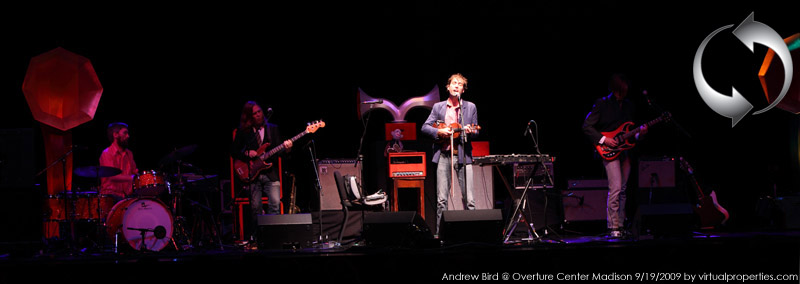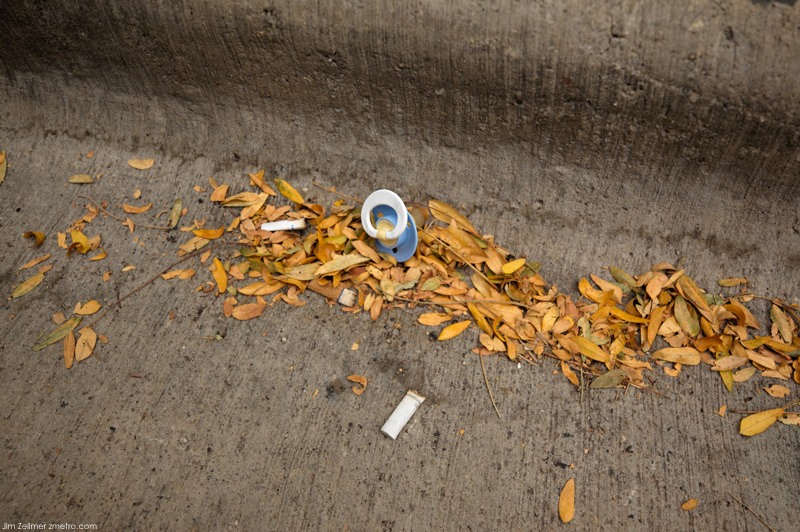Marketing a film like “Precious,” which is being released by Lionsgate on November 6th, would present a challenge to any film studio, regardless of its backing by Oprah and Tyler Perry and the advance buzz the movie is getting.
The film’s 26 year-old star, Gabourey Sidibe, is a virtual unknown, while the subject matter is what sales execs would call a downer. Sidibe plays Clareece “Precious” Jones, an obese, illiterate teenager in 1980s Harlem who lives with an abusive mother and has been impregnated by her father, twice.
How do you advertise that plot on a billboard? In fact, the film’s print campaign features some of the most visually compelling poster art in recent memory. Despite a supporting role by Mariah Carey, Lionsgate has forsaken the typical “big face” approach of trading on a star’s head shot to sell a movie. Instead, the posters use bold color and sophisticated graphics to create an evocative tone.
Visiting Costa Brava
Mention the words Costa Brava and for most people they will evoke visions of high-rise hotels, wall-to-wall traffic, pubs, fish and chips and Full English Breakfasts. Yet 100 years ago, the Catalan poet Ferran Agulló was so moved by the rugged pine-clad cliffs plunging to deserted sandy coves and turquoise waters that he dreamed up the name Costa Brava, meaning “the wild coast”.
Today it can be a stretch to imagine what it was about this famous area that so bewitched people. But a recent trip to this beautiful stretch of coastline, which runs from Portbou on the French border in the north down to Blanes (short of Barcelona) in the south, showed how much is worth rediscovering.
I’m having a bit of a battle with myself, though. On the one hand, in the interests of those who know and understand the Costa Brava, I should button my lip about its delicious coves, its singular small hotels, quirky restaurants and distinctive wines. On the other hand, it was such a revelation to me to discover that the Costa Brava is not all tat and tattoos that I can’t help blurting it out.
Beautiful, indeed. Years ago, I spent an evening on a Port Bou beach whilst the French trains were on strike.
An Interview with Ted Turner on the Changing Role of the Media
Chrystia Freeland – video.
One Year Later, Little Has Changed
“By buying U.S. Treasuries and mortgages to increase the monetary base by $1 trillion, Fed Chairman Ben Bernanke didn’t put money directly into the stock market, but he didn’t have to. With nowhere else to go, except maybe commodities, inflows into the stock market have been on a tear. The dollars he cranked out didn’t go into the hard economy, but instead into tradable assets.”
— “The Bernanke Market,” Wall Street Journal, July 15, 2009
“In the last week alone, the European Central Bank allocated the record sum of $619 billion to 1,1,00 financial institutions – at a paltry 1 percent interest rate. And yet the money is not going where the central banks want it to go, namely into the pockets of businesses and consumers – at least not at reasonable interest rates.”
— “How German Banks are Cashing In on the Financial Crisis,” Der Spiegel, July 1, 2009
Two weeks ago, in meetings with their North Texas dealers, both Toyota and Honda voiced concern about how the economic recovery was going to hold up over the next few quarters. It wasn’t public news yet in the States, but Japanese executives already knew that their imports and exports had fallen sharply through the summer. And, while our business media were cheerleading because the Dow Jones was once again flirting with 10,000, in Japan their exports had just fallen 36 percent; metal shipments to the U.S. were down by more than 80 percent, automobile shipments by 50 percent. This was a problem here, too: In August America’s dealers seriously needed Japanese vehicles to restock their depleted inventories.
Toyota and Honda took different tacks for the fourth quarter. Toyota said it will spend $1 billion in advertising to move the retail market. Honda, always more cautious in difficult times, said it would spend nothing during the same period. Honda added that it will keep dealer inventories at a 30-day supply of unsold vehicles, half the inventory considered normal.
Madison Unified Fiber Network, Madison Broadband Initiative
Details appear on the next Madison School Board meeting agenda [PDF].
Good news, if it happens. The Madison lags other parts of the country and world in fiber deployment.
A Beautiful Fall Sunset

Fall has arrived.
The Truth About the TATA Nano
hy is a soon-to-be success story gathering dust at TATA dealers across India? Much like the initial growing pains of the Ford Model T, the $2000 Nano currently lies on waiting list. Given the lopsided supply/demand and construction conflagrations with the government, I reckon enterprising Indians are flipping the Nanos living in parking lot limbo for profit. Still, my precious few moments sitting in somebody’s dusty Nano left me impressed. Not because it was a perfect machine: I saw automotive history in the making.
Rarely in America is a car designed around a vision: witness the overweight performance icons clawing for yesteryear’s glory, car based trucks and globally designed, badge engineered atrocities. Not with the TATA Nano: behold the homegrown hero.
The Nano is born from an undying need for affordable transportation in a country with a growing but repressed middle class. This group needs a family vehicle superior to tube frame rickshaws and 150cc motorcycles carrying four or more people. Yes, really: I saw a family of four riding a motorcycle through the congested, fast paced, life threatening streets of Bangalore. Make no mistake: a car at this price and size is the automotive embodiment of “If you Build It, They Will Come.”
It’s all about the lakhs; the Nano is designed around a price befitting the Indian working class. One look around the beast shows the good, bad and ugly of the situation.
Exterior fit and finish is respectable, until you spot the unfinished rear hatchback seams, hurriedly painted over. That stylish rear hatch is glued shut, so cargo is only accessible from the rear seat. And the list of price-conscious ideas doesn’t stop: three-lug wheels, single arm wiper blade and an adorable looking center exit exhaust.
The Grillwalker Takes Berlin: Portable Restaurant…
Andrew Bird Concert @ Overture Center Madison Photos

Click on the image above to view a panoramic scene. A few still photos can be seen here.
Bird appeared in Madison as part of the 2009 Forward Music Festival.
Curb Litter: Pacifier, Cigarette Butts and Fall Leaves

This photo was taken in downtown Madison.
